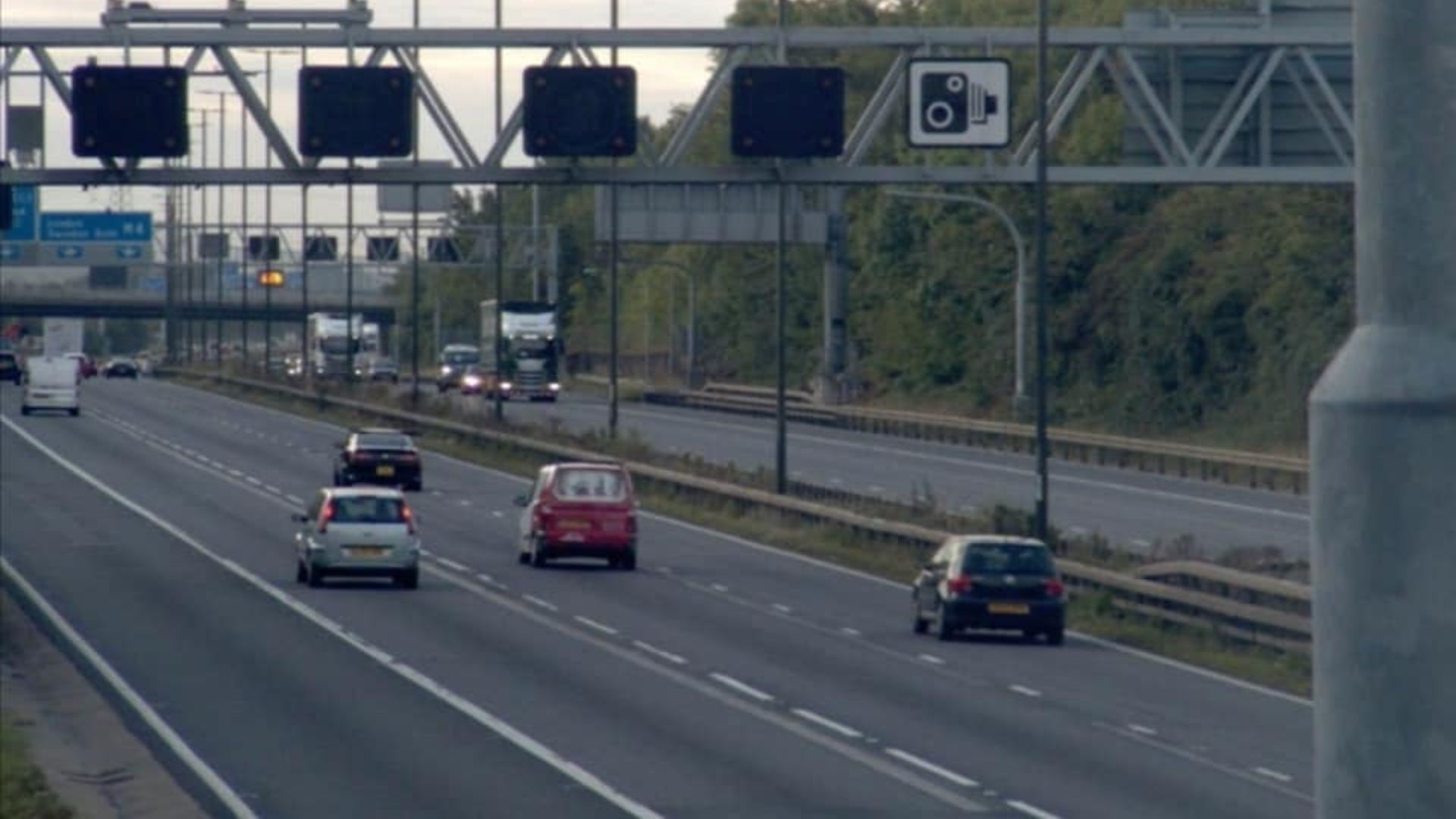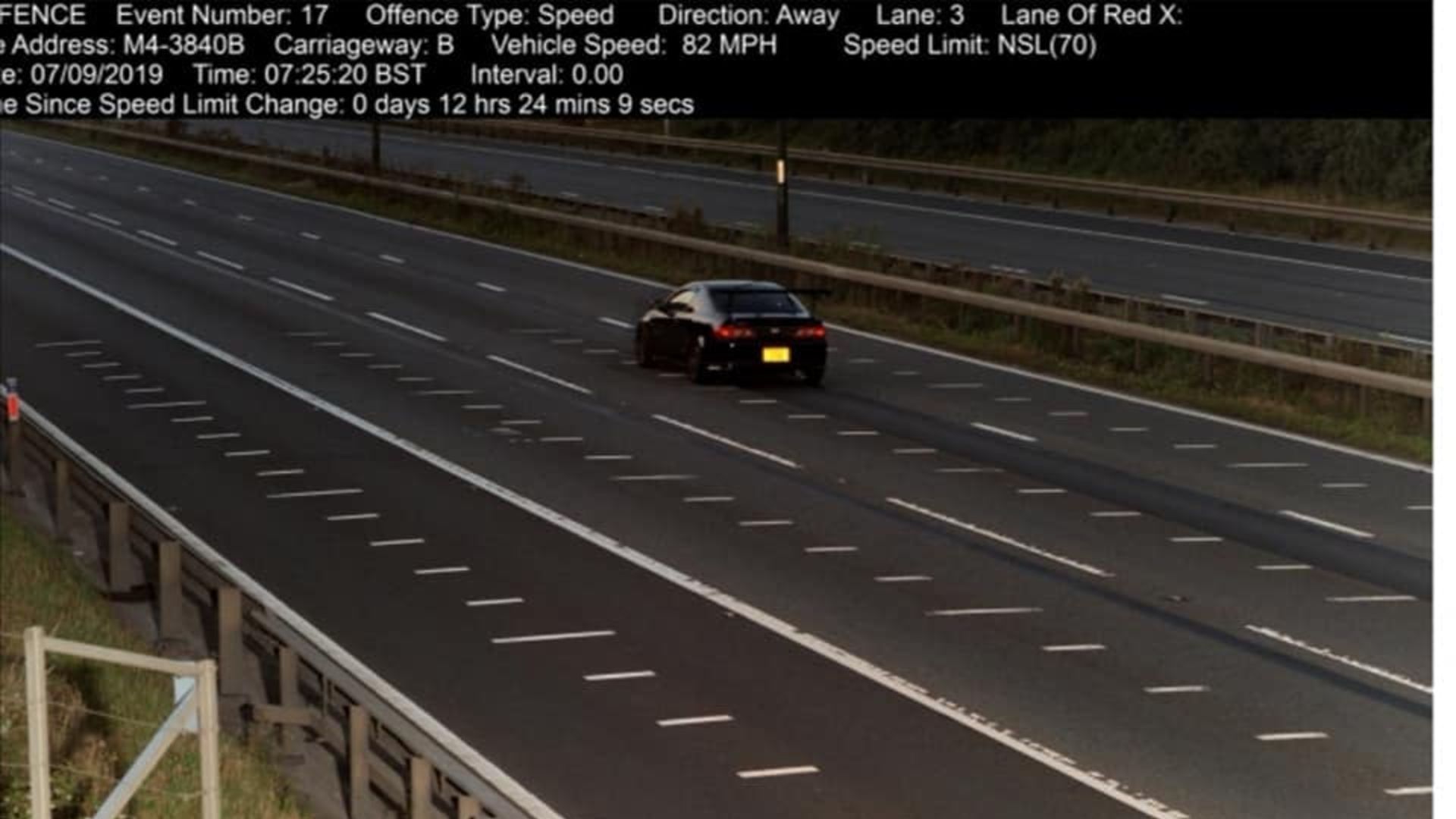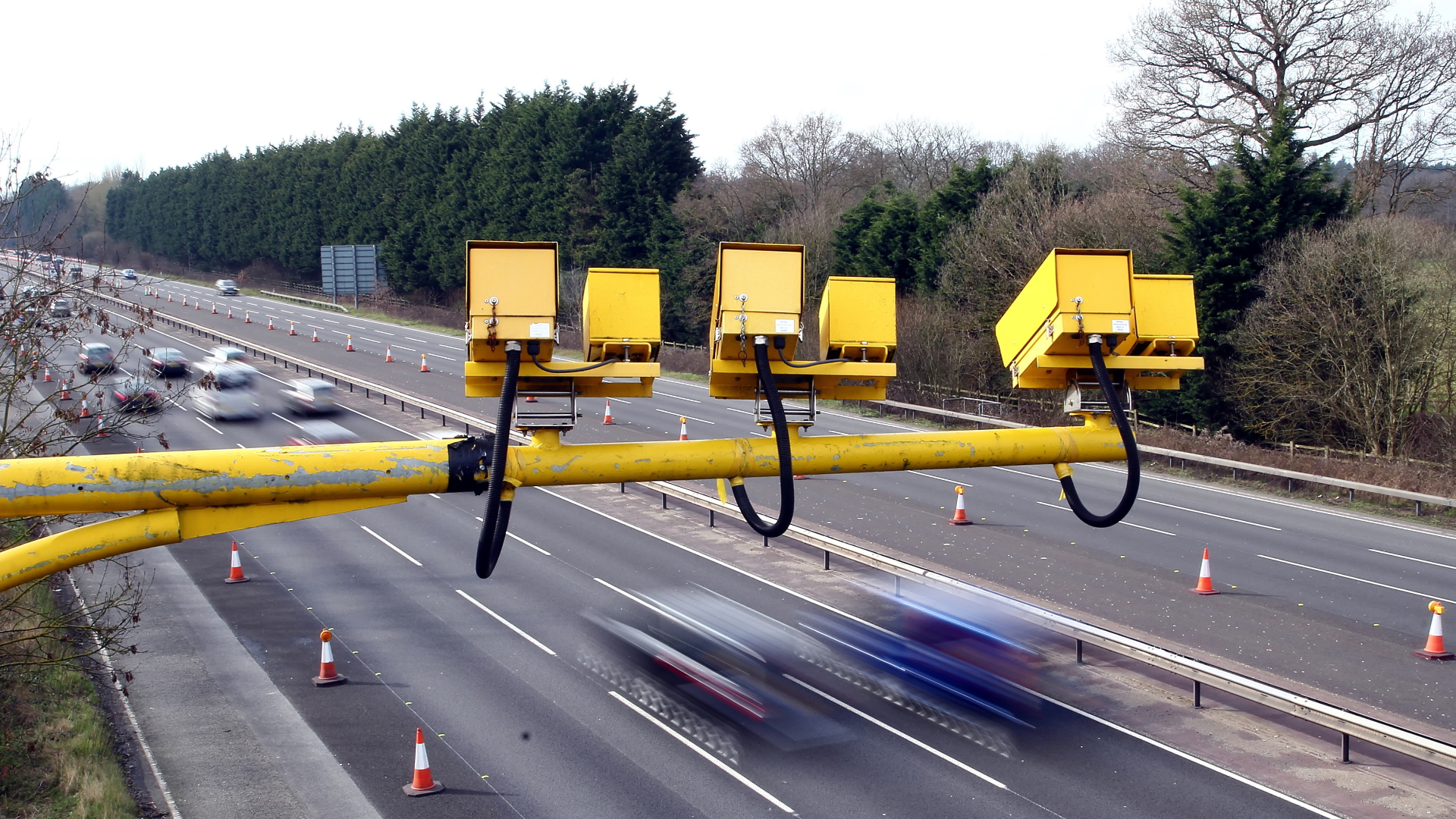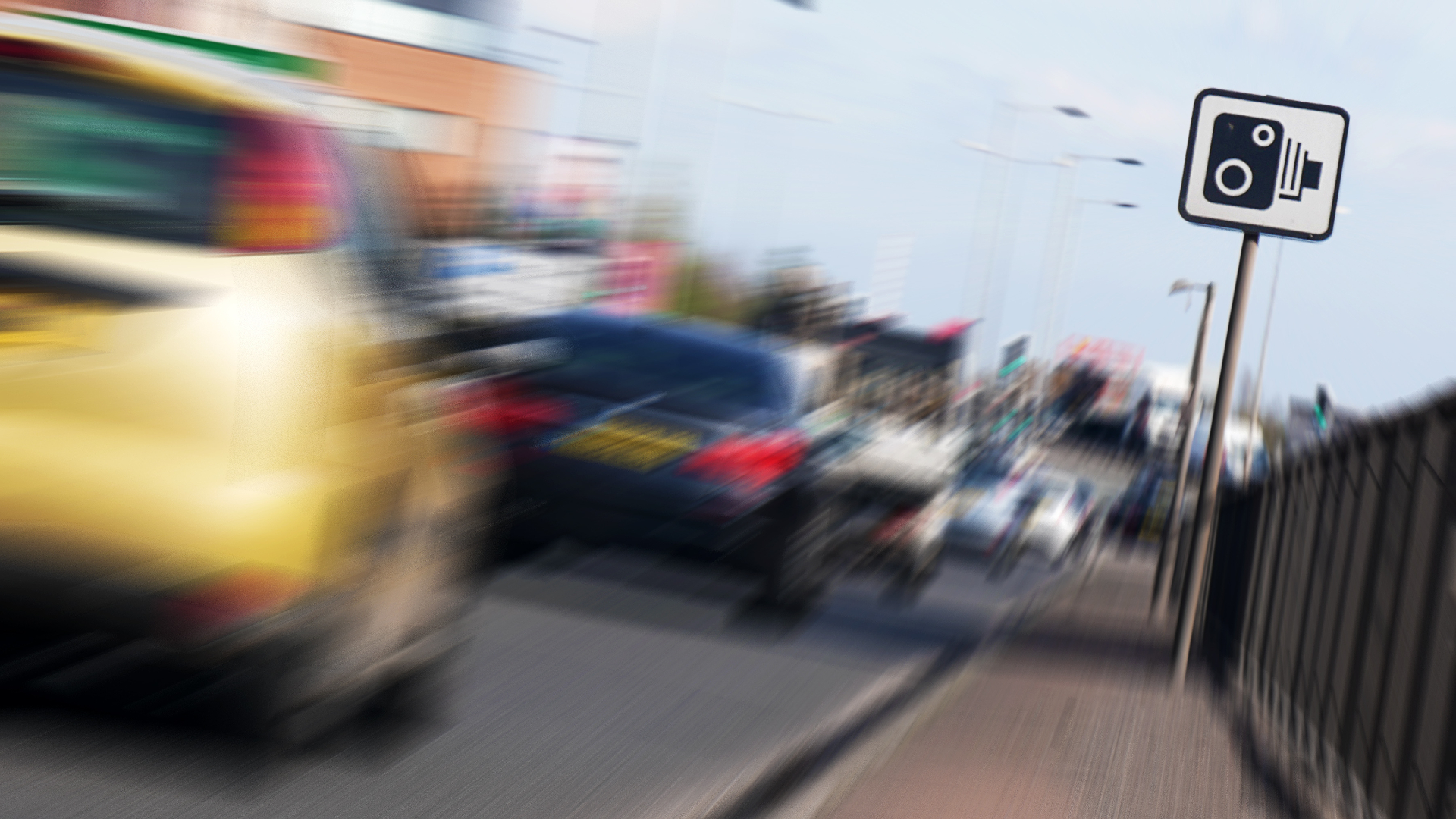
If you wanted proof that smart motorway speed cameras are always ON, even when the gantries are off, you’ve got it. Here are pictures of a Honda Integra Type R owner getting flashed under gantries that are ‘switched off’.
The driver was a customer of Tegiwa Imports. In a Facebook post, the company said “it’s the first time we’ve seen this happen. One of our good customers recently got busted by a speed camera (HADECS 3 type) on a smart motorway without a speed being displayed on the gantry!
“Luckily he wasn’t going too fast and only received a speed awareness course.”

As you can see, his speed was 82mph, so he was well above the legal motorway speed limit. That he got flashed by a camera would ordinarily come as no surprise.
What’s curious about this is the debate surrounding smart motorway cameras. Specifically, whether they operate when a speed, or any other sign, isn’t displayed on the smart gantries. Here is undeniable proof that they’re on.
Speed cameras in the UK: the truth

We’ve previously published a piece taking apart the myth of smart motorway cameras, as well as details on exactly how speed cameras in the UK work. A few key points are worth repeating.
Treat all cameras as if they’re always on
To assume that a camera is off when the associated displays are on seems daft. A blank display doesn’t mean there are no limits in place, so why would the camera turn off? A word to the wise: treat any and all cameras as if they’re on.

You won’t get tagged at 72
There was a rumour that motorway speed cameras would get you at 72. While you should always stick to prescribed speed limits, this isn’t the case. There is leniency based on discrepancies in indicated speed.
Tolerances – ten percent at most
The official line is that you should stick to prescribed speed limits. For those that don’t want to take that advice, heed our warning: you’ve got ten percent on top of the speed limit, with two or three miles per hour on. Our advice is stick to the ten percent if you must exceed the limits. That’s 55, 66, 77.
Like the gentleman in the 82mph Integra Type R, venture too far beyond and you’ll be made the example.
Dear Ethan Jupp, I am surprised to see your advice, dated as recently as 19 September 2019, saying that motorists are unlikely to be prosecuted, unless their speed exceeds 10% + 2 mph above the posted limit. You then go on to advise that we regard indicated speeds of 55, 66 and 77 mph as being safe limits to observe to avoid prosecution. I have read independent reviews on the subject that reveal that the speed tolerance is determined by the individual police authority in which the speeding occurs, and that whilst the Government withdrew (for review after RAC, AA had submitted complaints about legal unenforceability), its so called ‘Zero Tolerance’ Guidelines to Police Authorities, advising prosecution for any one found to be just 1 mph over the limit, for all limits from 30 mph to 70 mph, there are still a significant number of Police Authorities prosecuting for speeding at 32 mph and 74 mph as examples. It would appear that ultimately, each Police Authority has the legal right to use its own discretion regarding limits and tolerances regardless of what the Govt. ‘Guidelines’ are, since after all, they are only ‘Guidelines’